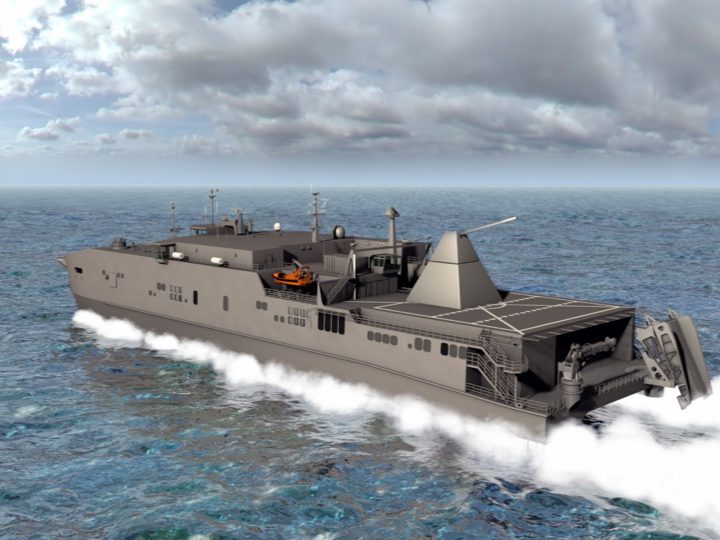Smog over Beijing, Moscow may inhibit laser weapons, Chinese official claims
By Gene J. KoprowskiPublished March 18, 2014FoxNews.comFacebook68 Twitter110 Gplus5
smog over beijing feb 2014.jpg
Feb. 26, 2014: Cars travel on an overpass amid thick haze in the morning in Beijing. China's north is suffering a pollution crisis, with the capital Beijing itself shrouded in acrid smog.REUTERS/KIM KYUNG-HOON
Next
Military strategist Carl von Clausewitz wrote in his 1873 classic, On War, about the “fog of war,” or the confusion during a conflict that causes uncertainty for armed forces. But air pollution in major urban areas is taking the fog of war to a whole new level.
Welcome to the "smog of war," the filthy and barely breathable air that bedevils the large industrial cities of China -- and that a Chinese admiral says will protect his country if the U.S. Navy ever decides to attack with the new laser weapons it plans to deploy this summer.
According to Navy Rear Admiral Zhang Zhoazong, the smog in Beijing and other large Chinese cities contains “tiny metallic particles” that would make it difficult for American lasers to penetrate, should a conflict between the powers ever emerge.
"Under conditions where there is no smog, a laser weapon can fire [at a range of] 10 kilometers,” Zhang said recently on state-run TV. “When there's smog, it's only 1 kilometer. What's the point of making this kind of weapon?"
Zhang explained that he wasn’t endorsing pollution, merely explaining its effects. "I just stated a laser weapon's weakness," he said. "I don't support smog."
It sounds absurd, but -- incredibly enough -- Zhang could be right. The drops of polluted water in smog actually could deter laser weapons, said McCall Paxon, a former Army Ranger who is now an analyst with Rook Security.
“Each drop of water will deflect a small portion of that laser,” he told FoxNews.com. “At first, it won’t be enough to do anything. But over time and distance, it will take its toll. In the smog that China has been experiencing lately, the laser could only penetrate about a mile.”
But if Zhang is depending upon air pollution to save his country, he could also be very wrong.
“The statement from the Chinese … is preposterous!” Phrantceena Halres, CEO of Total Protection Services Global, a military and government security consulting firm, said in an interview.
“Since smog, like all gases, disperses, it is unlikely to have any significant effect for any significant amount of time.”
“China is just trying to placate its people who are fed up with the bad air,” Halres added.
Zhang made his comments shortly after the U.S. Navy announced plans to deploy a laser weapon aboard the U.S.S. Ponce, a 17,000-ton transport vessel that will be stationed in the Middle East this summer. The economics of laser weapons are quite appealing: They cost pennies on the dollar when compared with the “smart bombs” and missiles used in recent conflicts.
“It fundamentally changes the way we fight,” said Capt. Mike Ziv, program manager for directed energy and electric weapon systems for the Naval Sea Systems Command.
The Navy’s technology, now at the prototype stage, can be operated by one sailor and can target drones, speed boats, swarm boats and other threats. The lasers can operate on as little as 30 kw of energy, and can burn through targets and damage electrical equipment.
What, me worry? says Zhang. If the smog isn’t enough of a deterrent, the “saltwater spray” of the Pacific Ocean will rust and damage the weapons, again rendering them impotent, he says.
But lasers may work on land, too. The U.S. Army is testing vehicle-mounted laser weapons, deploying a high energy laser mobile demonstrator in December at White Sands Missile Range in New Mexico. It “successfully engaged” more than 90 rounds of mortar and several unmanned aerial vehicles, according to the Army’s Space and Missile Defense Command, a part of the Army Forces Strategic Command Technical Center.
Boeing Co. is the prime contractor for that project. Another U.S. military contractor, Lockheed Martin, demonstrated a 30-kw electric fiber laser on Jan. 28 at Bothell, Wash. This has “opened the aperture for high-power, electrically driven laser systems, suitable for military applications,” Ray O. Johnson, chief technology officer of Lockheed Martin said.
Though smog is a bear of a problem in Russia – and the weather there would have the same impact on U.S. weapons as in China – President Vladimir Putin isn’t counting on it to deter an American laser weapon. Russian research scientists say they have developed a “special filter” that promises to shield military electronics and optical devices used in military equipment from destruction by lasers.
Researcher Dmitry Chesnokov, a dean of the faculty of nano-technologies at the Siberian State Geodesic Academy, said the filters should protect night-vision weapons systems in use by the Russians.
“Our army may face this challenge, so we have designed special built-in filters that could ensure protection from laser attacks,” Chesnokov told journalists during a briefing Novosibirsk last month.

